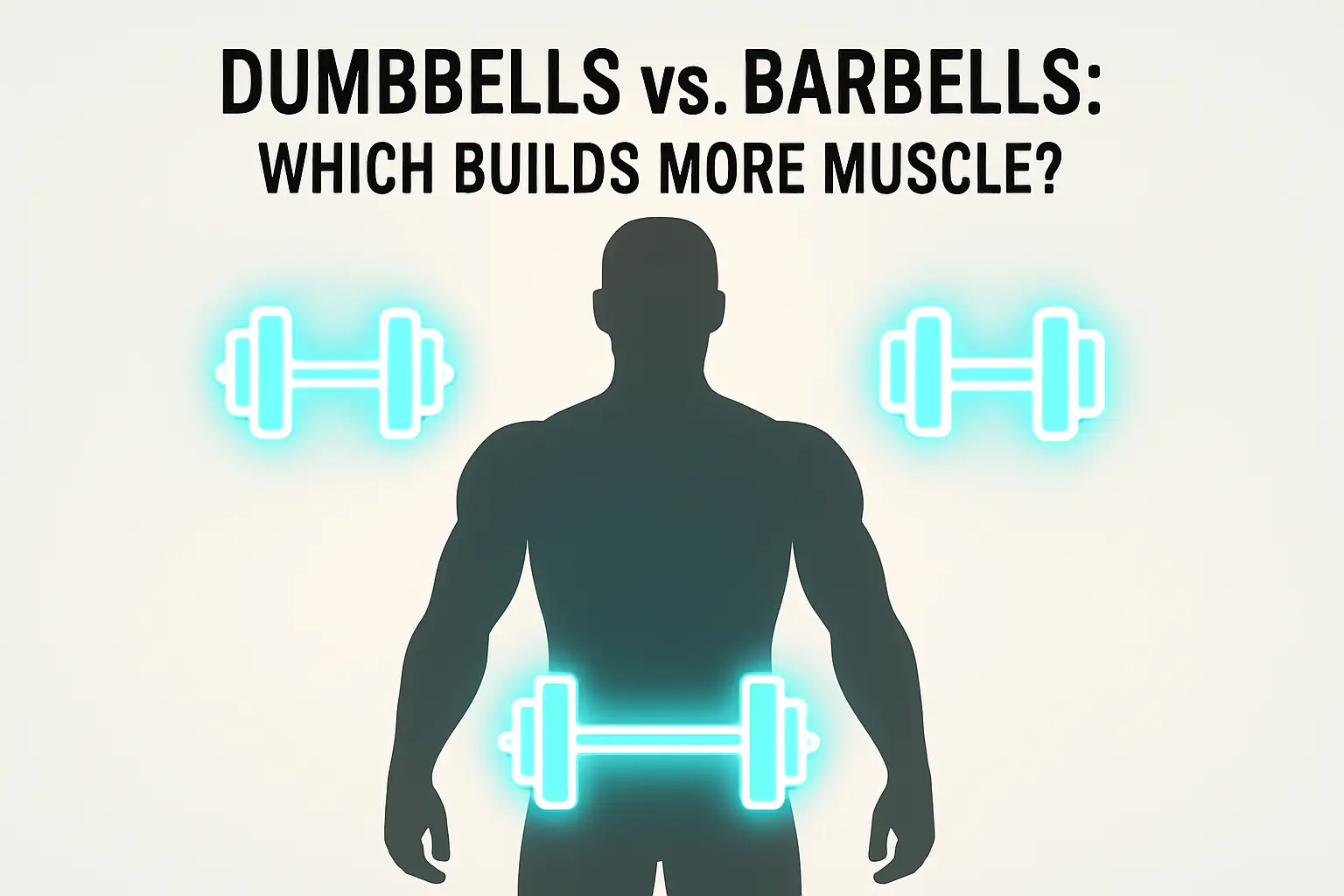
Few debates in fitness are as common as this one: dumbbells or barbells — which one builds more muscle? The truth is, both are powerful tools for muscle growth, but they serve different purposes depending on your training goals.
**Barbells: Maximum Strength and Load**
Barbells allow you to lift heavier weights, making them ideal for compound movements like squats, bench presses, and deadlifts. Because both arms move together, you can handle more resistance, which is crucial for stimulating muscle hypertrophy through progressive overload. Barbells also make tracking your progress easy — you can add small increments over time.
However, barbells can sometimes hide muscular imbalances. Since both sides share the load, your dominant side may compensate for the weaker one without you realizing it.
**Dumbbells: Balance, Stability, and Range of Motion**
Dumbbells, on the other hand, promote equal development on both sides of your body. They require greater stabilization and coordination, activating more supporting muscles. They also allow for a greater range of motion — especially beneficial for joint health and flexibility.
For example, in a dumbbell bench press, you can bring your hands closer together at the top, increasing chest contraction — something barbells can’t provide.
**Best Approach: Combine Both**
To maximize results, blend the two. Use barbells for your main heavy lifts (bench press, squat, deadlift) and dumbbells for accessory movements (flyes, rows, curls, shoulder presses). This approach combines raw strength with muscular balance.
**Bottom Line:**
Neither is superior — both are essential. Barbells build brute strength; dumbbells refine control and balance. Together, they deliver the ultimate combination for muscle growth, performance, and aesthetics.
